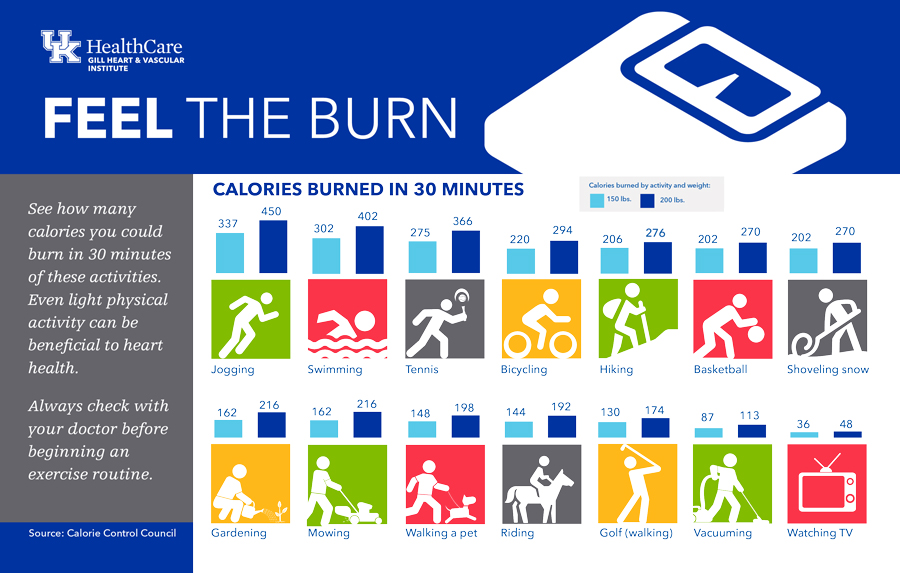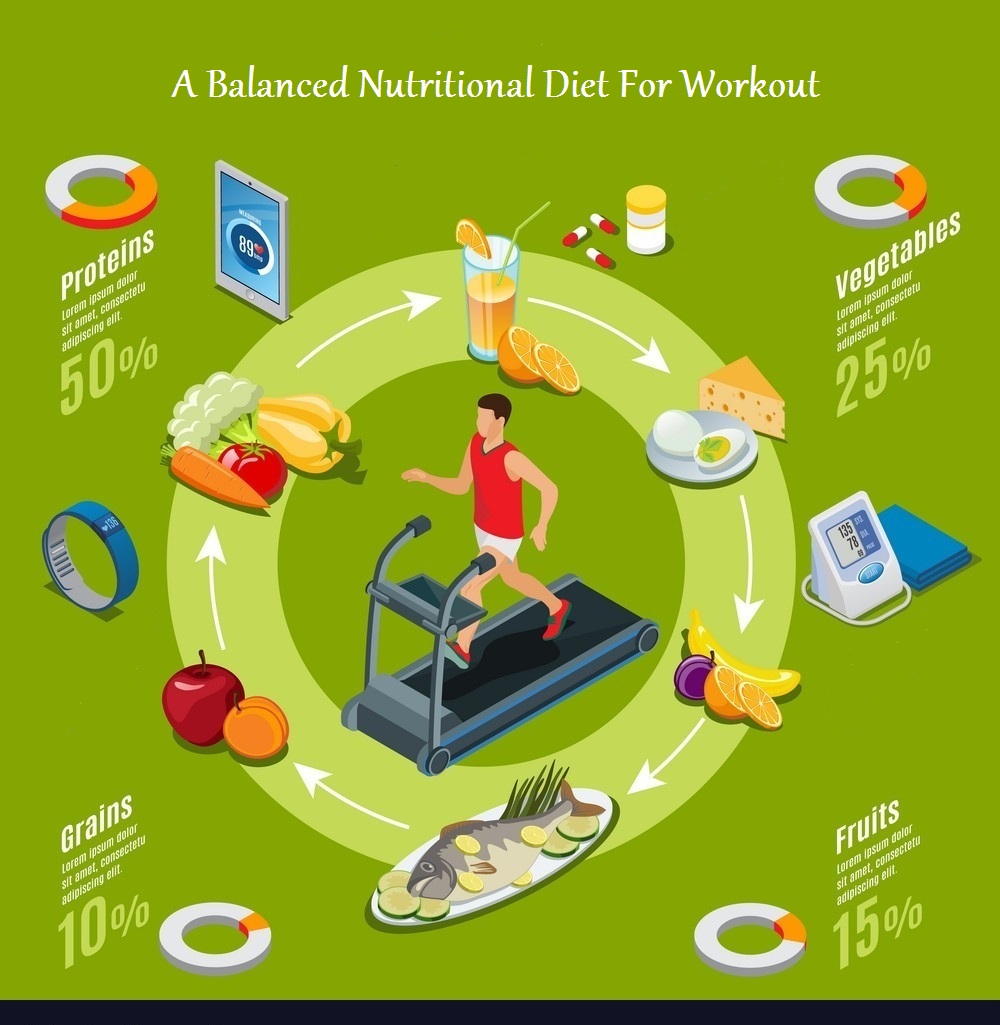Understanding Caloric Expenditure and Distance
Caloric expenditure is a critical aspect of physical fitness, as it quantifies the energy used by the body during various activities. When considering the relationship between caloric burn and distance, such as miles, it’s essential to understand the factors that influence this connection. These factors include body weight, fitness level, and exercise intensity.
Caloric expenditure is the process by which the body converts the energy stored in food into energy that can be used for physical activities. The number of calories burned during exercise depends on several factors, including the individual’s body weight, fitness level, and the intensity of the activity. As a general rule, the more an individual weighs, the more calories they will burn during exercise. Similarly, those with a higher fitness level or who engage in high-intensity activities will burn more calories than less fit individuals or those participating in low-intensity activities.
Distance is another critical factor in determining caloric burn. Walking, jogging, or running a mile requires a certain amount of energy, which varies depending on the individual’s weight, fitness level, and exercise intensity. As a result, understanding how many calories are burned per mile can help individuals make informed decisions about their exercise routines and fitness goals.
The Relationship Between Running and Caloric Burn
Running is a popular form of exercise that can help individuals burn a significant number of calories. On average, an individual weighing around 150-160 pounds can expect to burn approximately 100-150 calories by running a mile. However, it is essential to note that this is a rough estimate, as individual caloric burn can vary based on several factors, including body weight, fitness level, and exercise intensity.
Heavier individuals typically burn more calories than lighter individuals when running the same distance. For example, a 200-pound person running a mile may burn around 200 calories, while a 120-pound person running the same distance may burn only 120 calories. Additionally, individuals with a higher fitness level may burn more calories than less fit individuals, even when covering the same distance.
Exercise intensity and pace can also significantly impact the number of calories burned during a run. Running at a faster pace or engaging in high-intensity interval training can lead to a higher caloric burn, even over shorter distances. For example, a 150-pound person running a 10-minute mile may burn around 120 calories, while the same individual running an 8-minute mile may burn closer to 150 calories.
It is important to note that while running can be an effective way to burn calories, incorporating a mix of exercises into a fitness routine can provide additional benefits. Activities such as walking, jogging, swimming, and cycling can also help individuals burn calories, build endurance, and improve overall fitness.
Caloric Burn for Walking and Other Forms of Exercise
While running is often associated with a high caloric burn, other forms of exercise can also be effective for burning calories. Walking, jogging, and cycling, for example, can all contribute to weight loss and improved fitness.
Walking at a brisk pace of around 3.5 miles per hour, an individual weighing 150-160 pounds can expect to burn approximately 100-130 calories per mile. Jogging at a pace of 5-6 miles per hour, the same individual can burn around 200-300 calories per mile. Cycling at a moderate intensity, the individual can burn around 300-400 calories per hour, depending on their speed and resistance.
Incorporating a mix of exercises into a fitness routine can provide additional benefits beyond caloric burn. Walking, for example, is a low-impact activity that can help improve cardiovascular health, build endurance, and reduce stress. Jogging and running can help build strength and endurance, while cycling can improve cardiovascular health and build lower body muscle.
It is important to note that the number of calories burned during exercise can vary based on individual factors, including body weight, fitness level, and exercise intensity. Using a fitness tracker, smartwatch, or mobile app can help individuals monitor their caloric burn and make adjustments to their fitness goals as needed.
The Impact of Body Weight and Fitness Level
When it comes to caloric burn, body weight and fitness level can have a significant impact on the number of calories burned per mile. Generally speaking, individuals who weigh more or have a higher fitness level will burn more calories than those who weigh less or have a lower fitness level, even when covering the same distance.
For example, a 200-pound individual running a mile may burn around 200 calories, while a 120-pound individual running the same distance may only burn around 120 calories. Similarly, a highly fit individual may burn more calories than a less fit individual, even when covering the same distance, due to their increased muscle mass and cardiovascular efficiency.
It’s important to note that while body weight and fitness level can impact caloric burn, they are just two of many factors that can influence the number of calories burned during exercise. Other factors, such as exercise intensity, pace, and duration, can also play a significant role in determining caloric burn.
To get a more accurate estimate of caloric burn, individuals can use fitness trackers, smartwatches, or mobile apps to monitor their progress and make adjustments to their fitness goals. These tools can help individuals track their distance, pace, and intensity, as well as provide personalized estimates of caloric burn based on their individual characteristics and exercise habits.
The Role of Exercise Intensity and Pace
Exercise intensity and pace play a significant role in determining the number of calories burned per mile. In general, increasing the intensity or pace of an exercise can lead to a higher caloric burn, even over shorter distances.
For example, running a mile at a pace of 8 minutes per mile may burn more calories than walking a mile at a pace of 20 minutes per mile. Similarly, running uphill or incorporating intervals of high-intensity exercise into a workout can lead to a higher caloric burn than running at a steady, moderate pace.
There are a few different ways to measure exercise intensity and pace, including heart rate monitors, fitness trackers, and smartwatches. These tools can provide real-time feedback on an individual’s heart rate, pace, and caloric burn, allowing them to make adjustments to their workout as needed.
When incorporating intensity and pace into a fitness routine, it’s important to start slowly and gradually increase the challenge over time. This can help prevent injury and ensure that the individual is able to maintain a consistent exercise routine. Additionally, it’s important to listen to the body and adjust the intensity and pace as needed based on factors such as energy level, muscle soreness, and overall fitness level.
Incorporating Caloric Burn Tracking into Your Fitness Journey
Tracking caloric burn during exercise can be a valuable tool for individuals looking to optimize their workouts and achieve their fitness goals. By monitoring caloric burn, individuals can make informed decisions about exercise type, intensity, and duration, and can track their progress over time.
There are a variety of tools and methods available for tracking caloric burn, including fitness trackers, smartwatches, and mobile apps. These tools can provide real-time feedback on an individual’s caloric burn, as well as track other important metrics such as heart rate, distance, and pace.
When using caloric burn tracking tools, it’s important to ensure accuracy and consistency. This may involve calibrating the device to the individual’s body weight and fitness level, and using the device consistently over time to track progress and make adjustments to the fitness plan as needed.
It’s also important to remember that caloric burn tracking is just one aspect of a well-rounded fitness plan. A healthy diet, adequate rest, and a balanced approach to exercise are all crucial components of any successful fitness journey. By incorporating caloric burn tracking into a comprehensive fitness plan, individuals can make informed decisions and optimize their workouts for maximum results.
Using Caloric Burn Information to Optimize Your Workout
Understanding the number of calories burned per mile can be a valuable tool for individuals looking to optimize their workouts and achieve their fitness goals. By tracking caloric burn, individuals can make informed decisions about exercise type, intensity, and duration, and can tailor their fitness plan to their unique needs and goals.
For example, someone looking to lose weight may choose to focus on high-calorie burning activities, such as running or high-intensity interval training. On the other hand, someone looking to improve endurance may choose to incorporate lower-intensity, longer-duration activities, such as walking or jogging, into their fitness routine.
It’s important to remember that caloric burn is just one aspect of a well-rounded fitness plan. Adequate rest, a healthy diet, and a balanced approach to exercise are all crucial components of any successful fitness journey. By incorporating caloric burn information into a comprehensive fitness plan, individuals can make informed decisions and optimize their workouts for maximum results.
When using caloric burn information to optimize your workout, it’s important to consider individual factors such as body weight, fitness level, and exercise intensity. These factors can all impact the number of calories burned per mile, and should be taken into account when making decisions about exercise type, intensity, and duration.
Maintaining a Balanced Approach to Fitness and Nutrition
When focusing on caloric burn, it’s important to maintain a balanced approach to fitness and nutrition. While exercise is an important component of any successful fitness plan, it’s not the only factor to consider. A healthy diet and adequate rest are also crucial for achieving and maintaining weight loss or fitness gains.
When it comes to nutrition, it’s important to focus on a well-rounded diet that includes a variety of nutrient-dense foods. This may include fruits, vegetables, whole grains, lean proteins, and healthy fats. By providing the body with the nutrients it needs, individuals can support their fitness goals and optimize their workouts.
In addition to a healthy diet, adequate rest is also essential for fitness success. This may include getting enough sleep each night, as well as taking rest days between intense workout sessions. By allowing the body time to recover and rejuvenate, individuals can prevent injury and ensure that they are able to perform at their best during each workout.
When focusing on caloric burn, it’s important to remember that sustainable weight loss or fitness gains should not be achieved solely through increased exercise. Instead, a balanced approach that includes a healthy diet, adequate rest, and a well-rounded fitness plan is the key to long-term success.








